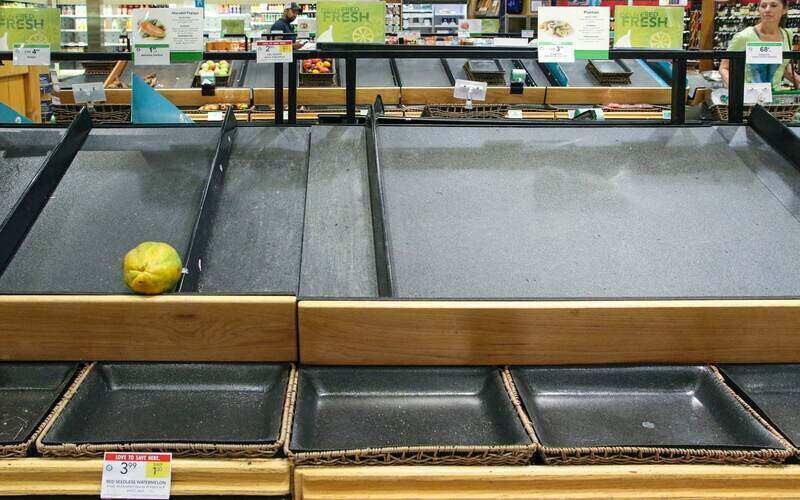According to the Australian Banking Association (ABA), almost 97% of all deferred loans had resumed repayments by the end of February, almost one year from when this customer support was first announced.
Last month it was 91%.
Initially set to last only six months before being extended, deferred mortgages peaked at 11% of all home loans in June 2020 (worth $195 billion), before steadily falling ahead of the March 31 deadline.
With just $10 billion in loans now in deferral, ABA CEO Anna Bligh said banks are still ready to take the call of those still struggling.
“The latest loan deferral figures show that while the vast majority are back on their feet, some customers are still struggling," Ms Bligh said.
"These customers should talk to their bank now about the path ahead.
“Over the past year, banks have cushioned the blow for their customers. Through 2021, their priority is helping customers rebuild and get ahead."
While most borrowers have now resumed full or partial repayments on their mortgages, those who are still not able to do so are at risk of default.
Credit rating agency Moody's has warned mortgage delinquency rates will rise in the first half of the year once mortgage relief measures taper off in conjunction with other support measures like JobKeeper and JobSeeker.
However, rising property prices could provide some relief for struggling borrowers.
"Rising house prices will curb mortgage delinquencies risks to some extent, because they will make it easier for borrowers in financial difficulty to sell their properties and repay loans," said Moody's Vice President and Senior Credit Officer Alana Chen.
"But the positive influence of rising house prices will not be enough to prevent delinquency rates from increasing in the first half of 2021."
Delinquency rates should improve throughout the year as the economic recovery builds momentum, Moody's said.
Related: What happens when you default on a mortgage?
Low deposit and interest-only mortgages are up
Home lending has enjoyed a stellar few months, thanks in part to ultra-low interest rates.
Data from the Australian Bureau of Statistics (ABS) showed new home lending in January was up almost 45% while first home buyer numbers were up almost 71% from 12 months ago.
Despite plans to repeal some responsible lending laws, access to housing credit doesn't appear to be an issue at the moment, or so it would seem based on this and the latest APRA data as well.
According to the Australian Prudential Regulation Authority, new residential mortgage lending was up 13.1% year on year and 20.2% over the three months to December 2020.
While these increases are sizeable, even bigger numbers were recorded in 'riskier' lending categories.
Loans with LVRs of 95% or higher (that is, loans with deposits of 5% or less) increased by 27.4% over the year to the December quarter, and interest-only loan funding rose by just over 31%.
Loans to those with debt-to-income ratios of six or higher also surged by 26.3%.
A UBS analyst said it assesses this data as "showing a significant quarter-on-quarter increase in ‘higher risk’ home loans", but APRA appears less concerned, saying much of this activity could be due to increased first home buyer activity.
"According to the available indicators, there is no evidence to suggest a material relaxation in lending standards is accompanying the significant increase in new lending," APRA said.
"The share of new lending at higher LVRs also remains below levels seen over the past decade."
Reserve Bank (RBA) Governor Phillip Lowe recently said the bank was "closely monitoring" recent developments in the housing market.
Mick Haupt on Unsplash

Ready, Set, Buy!
Learn everything you need to know about buying property – from choosing the right property and home loan, to the purchasing process, tips to save money and more!
With bonus Q&A sheet and Crossword!



 Bea Garcia
Bea Garcia
 Denise Raward
Denise Raward
 Harry O'Sullivan
Harry O'Sullivan
 William Jolly
William Jolly
 Harrison Astbury
Harrison Astbury

